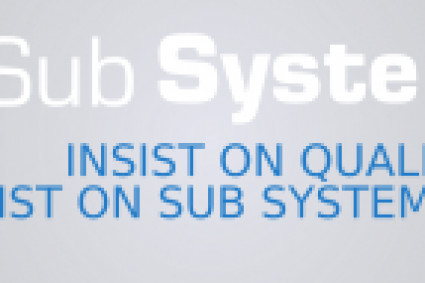
The Complex Landscape of Radiology Management
Radiology management is an intricate tapestry woven from numerous threads of administrative efficiency, technical precision, and patient care. In the midst of this intricate web, healthcare professionals grapple with a multitude of challenges that impact the quality and efficiency of radiology services. From scheduling dilemmas to image quality assurance, the hurdles faced in radiology management are diverse and complex. In this comprehensive exploration, we'll journey through these challenges, discover the transformative power of Radiology Management Software, and understand the multifaceted role of the manager within the radiology department.
Radiology Management Challenges Unveiled
1. Patient Scheduling Predicaments:
Efficient patient scheduling is a delicate balancing act, ensuring that appointments are neither overbooked nor underutilized. Challenges in this realm can lead to patient dissatisfaction and operational inefficiencies.
2. Image Acquisition Complexities:
The acquisition of radiographic images is a critical phase in the radiology workflow. Delays, errors, or inconsistent image quality can hinder patient care and diagnosis.
3. Image Quality Assurance:
Ensuring the quality and consistency of radiographic images is paramount for accurate diagnosis. Suboptimal image quality, inadequate resolution, and protocol deviations can lead to erroneous conclusions and treatment.
4. Report Generation Bottlenecks:
The generation of detailed, accurate, and timely reports is fundamental to patient management. Delays in this process can impede the patient's journey through the healthcare system.
Leveraging Radiology Management Software Solutions
Radiology Management Software emerges as a beacon of hope in addressing these complex challenges. These robust software solutions are meticulously designed to optimize the radiology workflow, enhance image quality, and streamline administrative tasks.
Radiology Workflow Optimization:
Radiology Management Software automates and streamlines various aspects of the workflow, from patient scheduling to image interpretation. This optimizes the flow of information between radiologists, technologists, and administrative staff, reducing communication gaps and ensuring swift patient care.
Appointment Scheduling Efficiency:
Real-time scheduling offered by these solutions optimizes resource allocation, helping to prevent overbooking and minimize patient wait times.
Image Quality Control:
These platforms provide tools for real-time image quality control, reducing the need for repeat imaging and ensuring that the captured images to meet the required standards.
Image Archiving and Retrieval:
Secure image archiving and retrieval features to facilitate prompt access to patient images, expediting the reporting process and long-term patient record management.
Report Generation Acceleration:
Radiology Management Software offers report templates and automation, reducing the time between image interpretation and report delivery, thereby expediting patient care.
The Manager's Crucial Role in Radiology
Within the radiology department, the role of the manager is multifaceted, encompassing a wide array of responsibilities.
Resource Allocation Expertise:
Effective resource allocation involves ensuring that staff, equipment, and facilities are efficiently utilized to meet patient demand while minimizing operational costs.
Quality Assurance Oversight:
The manager plays a pivotal role in maintaining the quality of radiographic images and adherence to imaging protocols, helping ensure accurate diagnosis and treatment.
Team Coordination and Communication:
Facilitating effective communication and collaboration among radiologists, technologists, and support staff is essential to streamline workflow and deliver efficient patient care.
Workflow Optimization Strategies:
Identifying bottlenecks and areas for improvement in radiology workflows and implementing strategies to enhance operational efficiency.
Technology Integration Mastery:
Overseeing the integration and management of Radiology Management Software within the department, leveraging these tools to optimize workflow, enhance image quality, and streamline administrative tasks.
In conclusion, the intricate landscape of laboratory software is rife with challenges, but not without solutions. Radiology Management Software acts as a catalyst for overcoming these challenges, enhancing the quality and efficiency of radiology services. The manager within the radiology department plays a pivotal role in orchestrating operations, leveraging technology, and coordinating efforts to ensure the delivery of high-quality patient care. In this intricate dance of healthcare management, every step matters, as it contributes to better patient care and more efficient radiology services.





